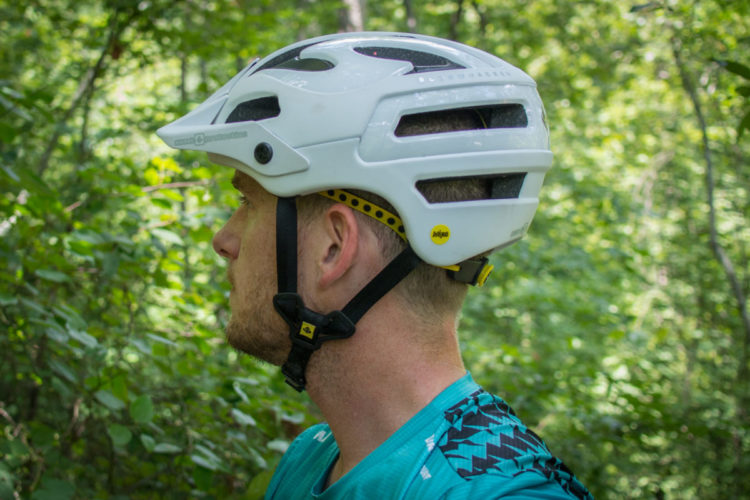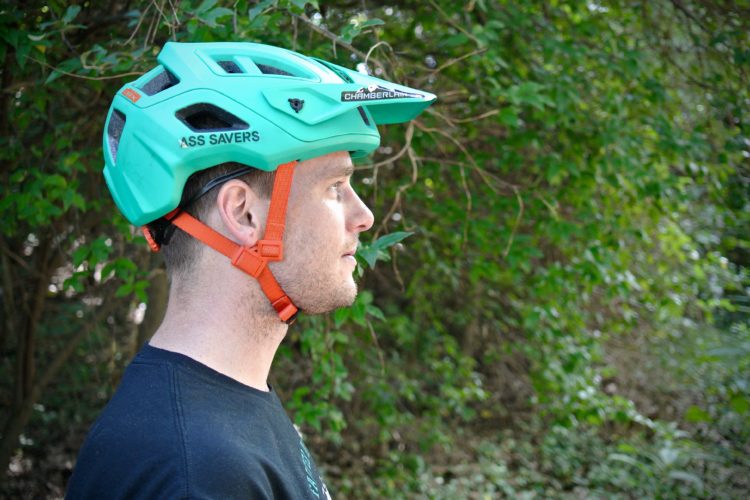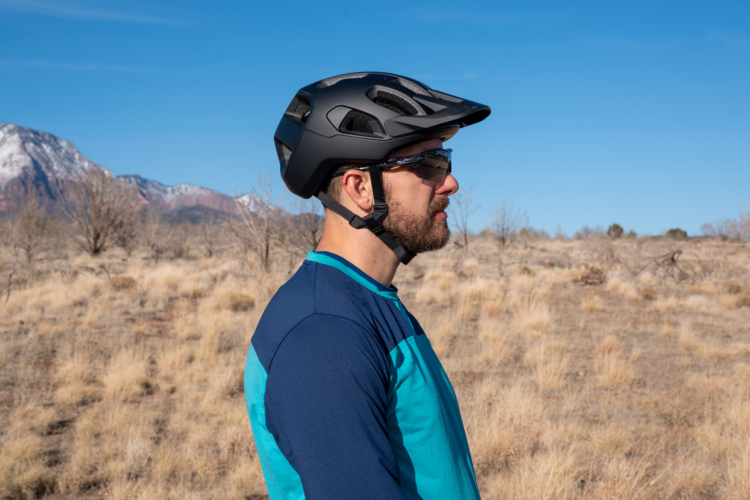
Virginia Tech has been researching helmet safety for almost ten years now in an unbiased manner and rating them according to their safety.
“The helmet ratings are the culmination of over 10 years of research on head impacts in sports and identify which helmets best reduce concussion risk,” says Virginia Tech on its website. “This work is done as part of Virginia Tech’s service mission and is 100% independent of any funding or influence from helmet manufacturers.”
The university rates the helmets for a few reasons. Any helmet sold in the US satisfies a minimum safety requirement, but not all are created equal in the amount of safety they provide. This is why in the past several years, so many different brands have either licensed MIPS or other concussion reduction systems, or created their own. Last July, we looked at seven different technologies that are meant to reduce rotational forces during a crash.
Virginia Tech rates the helmets with a 1-5 star rating, with a 5-star rating being the highest, and best at reducing concussions. The university encourages consumers to only consider helmets that have been deemed a 4 or 5-star rating.
Virginia Tech conducts a series of impact tests that measure how frequently the athletes would experience an impact and how well a helmet would reduce head acceleration and reduce concussion risk. They also rate the helmets for a multitude of different sports and the testing conditions are meant to reflect a wide variety of impacts.
In this collection, Virginia Tech rated a total of 86 bike helmets, 38 of which were considered mountain bike helmets, and tested their ability to reduce linear acceleration and rotation velocity.

The laboratory tests for bike helmets incorporate a drop tower, where the helmet falls onto an oblique angled 45° steel anvil. The anvil is also coated with an 80-grit sandpaper to reflect the gripping forces of asphalt. The angle is most similar to a range of reported head impact angles experienced by bike riders.
The study then goes a step further and drops the helmets onto the anvil from six different positions to simulate impact in different areas. Those are again replicated at a different impact speed. Four samples of the helmet are tested in each impact area.

A dummy head with sensors is placed inside the helmet and fitted to the helmet’s standards. The NOSCAE headform has three sensors that detect linear acceleration and a triaxis angular rate sensor which measures linear and rotational impact characteristics.
One shortcoming of the research appears to be that the helmets are tested without visors, or attachments. While not everybody has fixed a GoPro or light to their helmet, most everyone has a visor, which can introduce additional torque and rotational velocity in the event of a crash. This is why more helmet brands are starting to make helmets with visors that break away in the event of a crash.
The bicycle helmet study uses the Summation of Tests for the Analysis of Risk (STAR) equation to get a STAR rating. The STAR equation was first developed as a way to estimate the likeliness that a college football player may experience a concussion over the course of a season based on the occurrence of certain impacts.
The bicycle STAR equation is calculated the same way, taking into account how likely it is to experience a concussion based on impact location and velocity. Concussion risk is calculated as a combination of average peak resultant linear acceleration and average peak resultant change in rotation velocity in each impact configuration.
“These studies have taken bicycle helmets damaged in real-world accidents and re-created the damage as accurately as possible using laboratory testing, allowing impact velocities to be estimated.”
When researchers have the final STAR values for all of the helmets, they are then translated into a rating system of one to five stars as a way to ease translation for consumers. Star ratings of 5, 4, 3, 2, and 1 are aligned with an estimated concussion reduction risk of >70, 70-60, 60-50, 50-40, and <40%.
The best-scoring helmet on the list was the $150 Bontrager Rally MIPS. All top five mountain bike helmets had the MIPS system in place. Two of the top five were helmets by Troy Lee Designs — the A2 MIPS Decoy and the A1 Classic MIPS. The POC Tectal Race SPIN was the 6th helmet down the list and the first not to have MIPS.

Bontrager had another helmet on the list that sat in 9th in mountain bike helmets, the Blaze WaveCel. The road-minded Bontrager Specter WaveCel was given the 5th best score of all 86 helmets tested, following four others with MIPS. Bontrager debuted WaveCel last year making the claim that the new technology is 48x more effective than standard EPS foam helmets at preventing concussions. Bontrager conducted its own studies about WaveCel and compared results against MIPS in their research and found that WaveCel could reduce concussion by up to 29% more than MIPS-equipped helmets in certain scenarios.
This new study by Virginia Tech shows that MIPS is still the best system out there when it comes to reducing the likelihood of a concussion, at least in their findings, and it can come at a fraction of the cost. The $75 Specialized Chamonix MIPS beat the $300 Bontrager Blaze WaveCel by a tenth of a point, and the $75 Lazer Cyclone MIPS is the 3rd safest helmet when filtered for mountain bike style.
The top 10 helmets rated appear below, or see the full list of helmets tested and rated here.
- Bontrager Rally MIPS (Mountain), $150 MSRP
- Troy Lee Designs A2 MIPS Decoy (Mountain), $179 MSRP
- Lazer Century MIPS (Road), $180 MSRP
- Lazer Cyclone MIPS (Multi-sport), $75 MSRP
- Bontrager Specter WaveCel (Road), $150 MSRP
- Bontrager Ballista MIPS (Road), $200 MSRP
- Giro Tyrant MIPS SP (Mountain), $170 MSRP
- Bell Z20 MIPS (Road), $230 MSRP
- Troy Lee Designs A1 Classic MIPS (Mountain), $139 MSRP
- POC Tectal Race Spin (Mountain), $220 MSRP
Read the full study methodology here.
Check out our mountain bike helmet buyers guide and our picks for the best mountain bike helmets.





















9 Comments
Jan 27, 2020
In both off road motorcycling and MTB, I prefer open face. I am not a fan of the jutting face protection that can leverage impacts against the neck and brain. But that could just be my rationalizing a desire for airflow.
Jan 22, 2020
Jan 22, 2020
Jan 27, 2020
Jan 24, 2020
Had my first ride in my TLD Stage Full Face today - comfortable/well vented/lightweight.
Slightly more comfortable on my head than my Fox Proframe.
(Need two helmets - one gets left at work.)
Jan 22, 2020
Jan 22, 2020
Jan 22, 2020
Jan 25, 2020